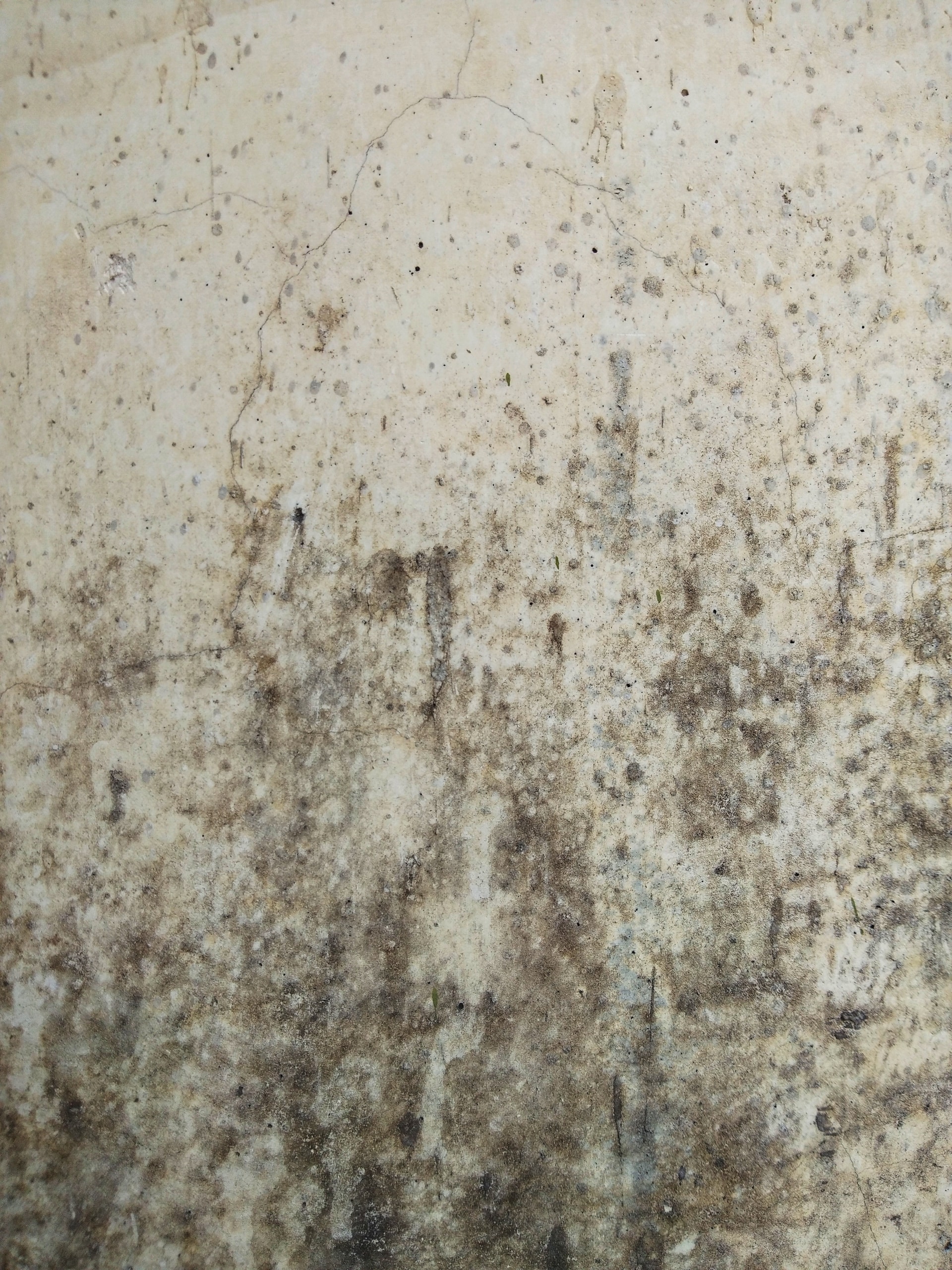In Tampa, we deal with humidity and moisture all year long. The unfortunate side effect is that homes and commercial buildings sometimes have to deal with mold damage. We talk a lot about removing mold from your home and the risks of mold exposure, but what about addressing mold damage in a commercial facility?
What we’ve found is that many businesses and commercial buildings have hidden mold at their Tampa locations. But a lot of those facilities aren’t necessarily taking any steps to get rid of or prevent mold, either. Is it ok to ignore mold damage in a commercial building? What do you do about it?
Keep reading to learn a bit more about mold and commercial facilities.
Regulations About Mold
OSHA has some stringent rules regarding mold in commercial facilities, and it’s important for employers and businesses to be familiar with these regulations. There can be fines and lawsuits if the regulations are not followed. In 1994, OSHA released guidance for indoor air quality in a workplace, which included mold presence.
A business subject to OSHA regulations is required to limit the presence of mycotoxins and toxigenic fungi in their facility. While not all mold is toxic mold, some of the most common types are toxic. It’s up to the building owner to ensure they truly are limiting exposure as the regulations require.
While the regulations from OSHA specifically address toxic mold and this is what the Toxic Mold Protection Act of 2001 includes, it means that there is an obligation to protect anyone in the building from potentially harmful molds.
Where is the Liability?
Many times, a business inhabits a commercial building but may not own that facility. They could be renting or leasing while ownership is elsewhere. Who is liable in this scenario? The answer is that it depends.
If an employee or someone within the facility has health issues related to mold, the liability can potentially come back to the business itself or the building owners. The lease or rental agreement specifications will play a role in who is liable in this scenario.
In general, businesses are responsible for ensuring the space they operate in is safe and follows guidelines. However, building owners also hold some responsibility.
Effects of a Commercial Building with Mold Damage
Unfortunately, working in a commercial building with mold damage can have negative side effects. Anyone exposed to the toxins could suffer, even when it is just allergenic mold. While the standards provided are specific to toxic molds, a business should be proactive.
These are the most common side effects of working in an area with mold exposure:
- Headaches
- Exhaustion or fatigue
- Respiratory problems
- Skin irritation
- Watery and itchy eyes
Take Action Against Mold Damage in Your Tampa Facility
Business owners and building owners alike have an obligation to anyone who works in or uses that facility. It’s vital to ensure mold is removed and remediated to protect all those utilizing the commercial building. When mold is ignored, there is always the risk of a lawsuit to protect employees and personnel.
Dry 24 Water Restoration can help with your mold issues in a commercial facility. Contact us today to learn more about your options.


